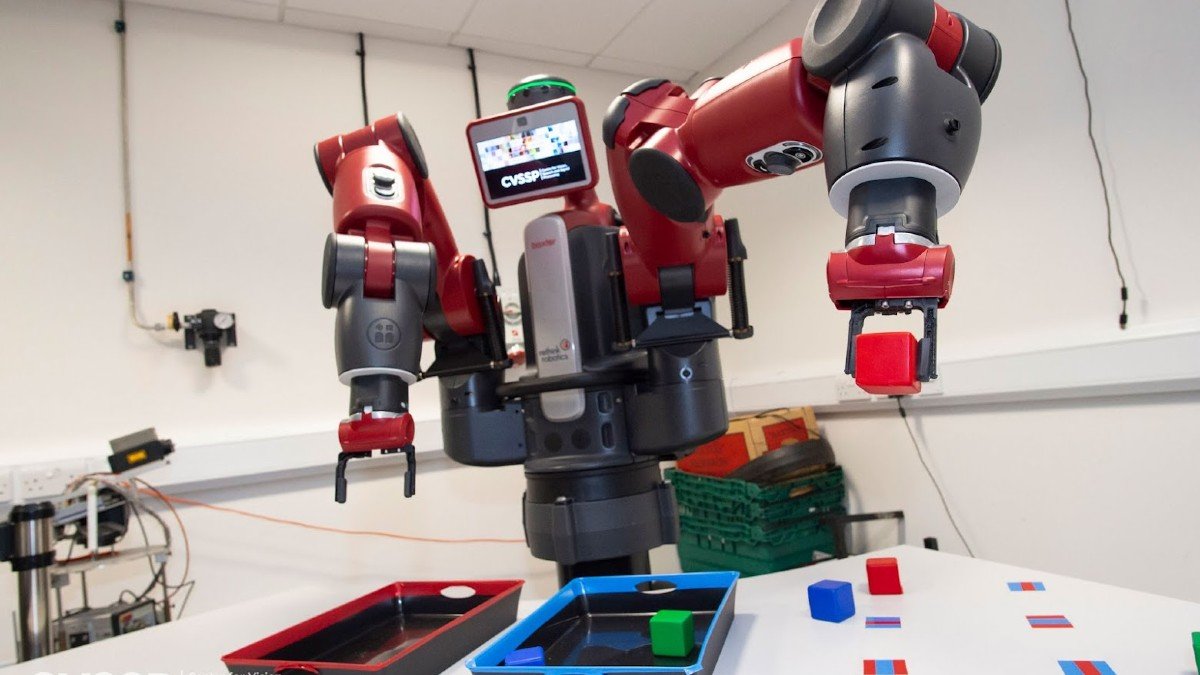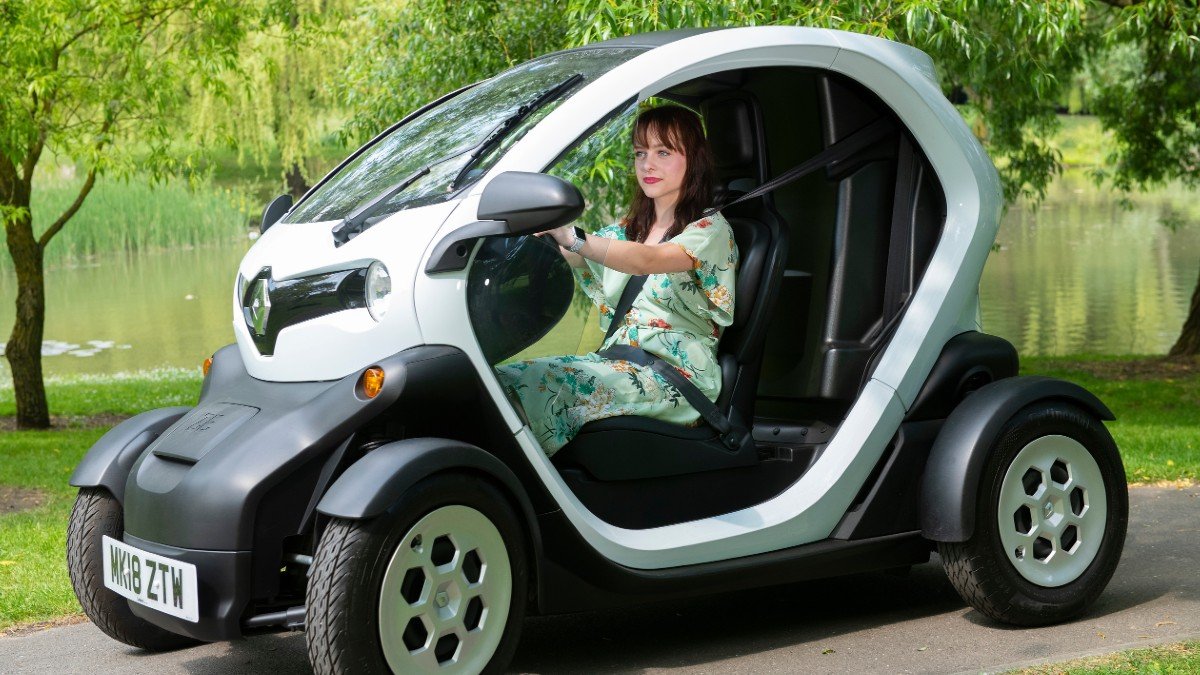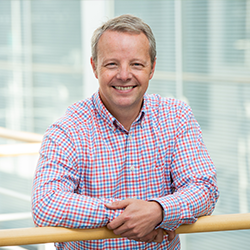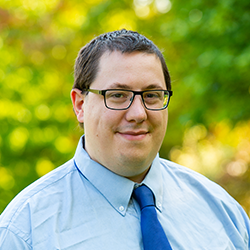CVSSP publishes five papers at global robotics conference
Professor Richard Bowden, Dr Simon Hadfield, Dr Oscar Mendez and several researchers from our Centre for Vision, Speech and Signal Processing (CVSSP) present five papers at this year’s International Conference on Intelligent Robots and Systems (IROS) in Prague.

CVSSP continues to enhance its global reputation with five presentations at an influential robotics conference
It was Czech playwright Karel Capek who first used the word ‘robot’ to describe automated artificial life in a 1920 stage drama. So it’s perhaps fitting that Prague is hosting the 2021 IROS Conference, where key players from science, engineering and industry will unveil and discuss the latest developments in this sector.
Joining them at this high-impact event are Professor Richard Bowden, Dr Simon Hadfield and Dr Oscar Mendez from CVSSP, who’ll present five papers focused on their latest research. This follows an earlier success this year when CVSSP academics published four papers at the International Conference on Robotics and Automation.
Driving future technology

Several of CVSSP's recent research publications have direct relevance for the development of autonomous vehicles
The papers that CVSSP will be presenting are largely focused on improving the ability of artificial intelligence (AI) to learn, often replicating similar processes to the way that human beings operate.
Below, Richard and Simon give us a brief glimpse into the work they’ll be presenting:
Improving Robot Localisation by Ignoring Visual Distraction: “Visual distractors are a huge problem for both humans and computers,” explains Richard. “They take attention away from important tasks, such as driving or finding out where we are in a car park. Humans learn to ignore distraction and focus on what is important to the task at hand. In this work, we teach an AI to do the same.”
MDN-VO: Estimating Visual Odometry with Confidence: “Accurately estimating the motion of a moving camera is important for autonomous vehicles,” says Richard. ”To be able to deploy robust systems to real-world applications, any motion estimation system needs to be able to estimate its own confidence in its estimations. In this work, we teach an AI to estimate both the type of motion and its own confidence directly from video.”
ORCHID: Optimisation of Robotic Control and Hardware in Design Using Reinforcement Learning: “The success of any robotic system is dependent on the robot’s hardware and its control scheme,” argues Simon. “However, during control optimisation, the hardware is typically treated as immutable, and, during the design process, the control policy is held constant. We present ORCHID (Optimisation of Robotic Control and Hardware In Design). This is essentially an 'AI engineer’ which can jointly design the optimal hardware and control scheme for a given task. This enables better robotic solutions because those two key factors are no longer immutable or constant.”
HARL-A: Hardware Agnostic Reinforcement Learning Through Adversarial Selection: “Hardware agnostic policies would allow a single AI controller to work across several differently shaped robotic agents,” explains Simon. “We utilise the fact that learning to modify learnt behaviour is more efficient than learning from scratch. Our novel architecture includes an expert network, modification network and adversarial sampling technique. Put simply, established AI learning is improved by an ongoing educative process to build resilience to changing robotic hardware.”
EVReflex: Dense Time-to-Impact Prediction for Event-based Obstacle Avoidance: “Computer vision is a key technology robots use for navigation, but spotting objects in time to avoid them can be challenging,” says Simon. “Our neural network uses a depth sensor and an event camera to determine the evasion urgency of anything it sees, such as walls and other moving objects.”
Leading contribution

"These publications demonstrate the leading contribution of CVSSP research," says Adrian Hilton
Professor Adrian Hilton, Director of CVSSP, adds: “This tranche of publications at a primary international forum demonstrates the leading contribution of CVSSP research in advancing the forefront of AI for human-like robot sensing and interaction, which is critical to safe and reliable real-world deployment of robotic systems.”
Learn more about IROS and studying in our Centre for Vision, Speech and Signal Processing.



